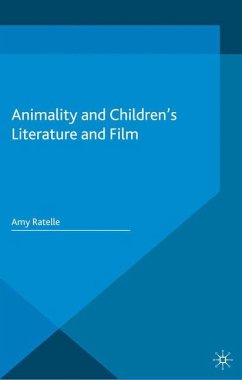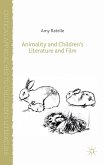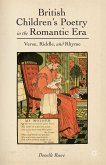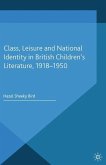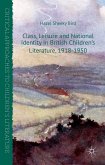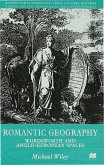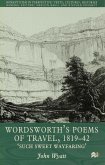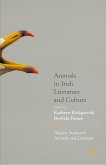Examining culturally significant works of children's culture through a posthumanist, or animality studies lens, Animality and Children's Literature and Film argues that Western philosophy's objective to establish a notion of an exclusively human subjectivity is continually countered in the very texts that ostensibly work to this end.
"Ratelle's book is the first comprehensive study of animals and the ways in which their narrative construction can offer revealing insights into human life and society. ... A significant achievement of Animality and Children's Literature and Film is that it sheds much-needed light on a topic that has so far evaded critical attention and will hopefully pave the way for more studies in the future." (Victoria Flanagan, International Research in Children's Literature, Vol. 9 (1), July, 2016)
"Ratelle's work is highly lucid, elegantly written, and that it offers a source of intriguing examples and compassionate analyses and deconstructions of the animal-human divide in literary and cinematic classics ... . Amy Ratelle's valuable study compellingly excavates this historical development, but above all it demonstrates how literature and film for children havebeen and still are central to it." (Pia Maria Ahlbäck, Journal of Childrens Literature Research, Vol. 38, 2015)
"Ratelle's work is highly lucid, elegantly written, and that it offers a source of intriguing examples and compassionate analyses and deconstructions of the animal-human divide in literary and cinematic classics ... . Amy Ratelle's valuable study compellingly excavates this historical development, but above all it demonstrates how literature and film for children havebeen and still are central to it." (Pia Maria Ahlbäck, Journal of Childrens Literature Research, Vol. 38, 2015)

